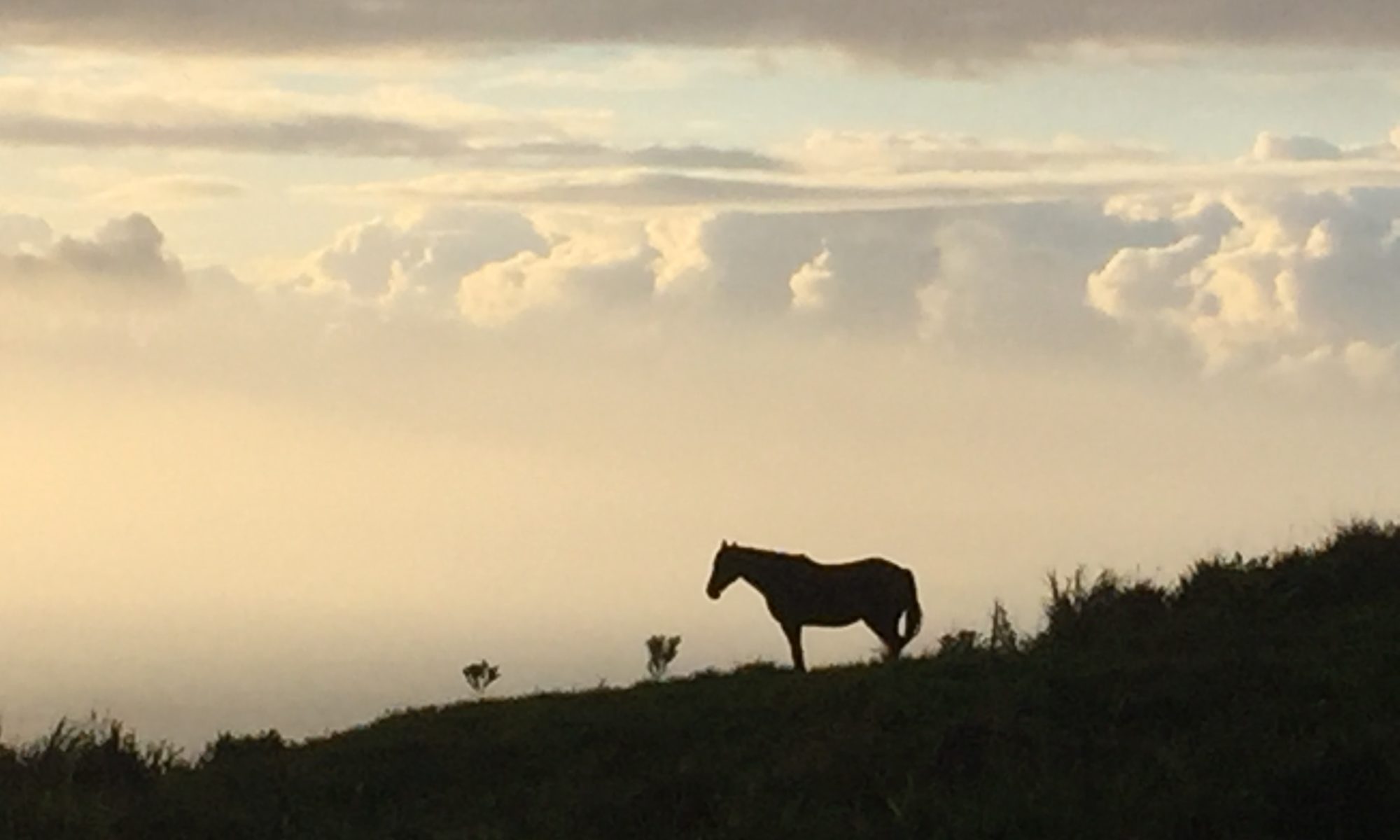How (capitalist) money and nature intertwine and bring multiple life-worlds into being is one of the themes of Anna Tsingʻs book on the matsutake mushroom, highly valued in Japanese culture and cuisine as a signal of autumn and a nostalgic reminder of the rural bounty of pre-industrial Japan. Tsing, who teaches anthropology at UC Santa Cruz and at Aarhus University in Denmark, is part of a network of thinkers who are forging new ways to write about human interactions with nature. Like the South American anthropologists associated with Eduardo Viveiros de Castro, the Santa Cruz cohort centered around Donna Hathaway have built a framework that allows the conversation between humans and non-humans in making landscapes and worlds to be taken seriously in academia. This is one step to making such thinking possible in the wider culture, rather than marginalized as the ravings of women and mystics or backwardness of indigenous people and cultures. Tsingʻs book, which has won numerous awards, is a lively and personal account of the people who interact with the matsutake mushroom, whether immigrant Lao or Mien mushroom foragers in the regrowth forests of Oregon, Yunnanese middlemen who use traditional ethnic ties to construct a supply chain, or the Japanese customers who relish the mushroom resonance with rural ways of life. Tsingʻs project is a study of the Anthropocene and “The Arts of Living on a Damaged Planet” (the title of her more recent edited volume) and the kind of “arts of noticing” and thinking that she champions as so urgently necessary to change the way we think about and relate to our world.

